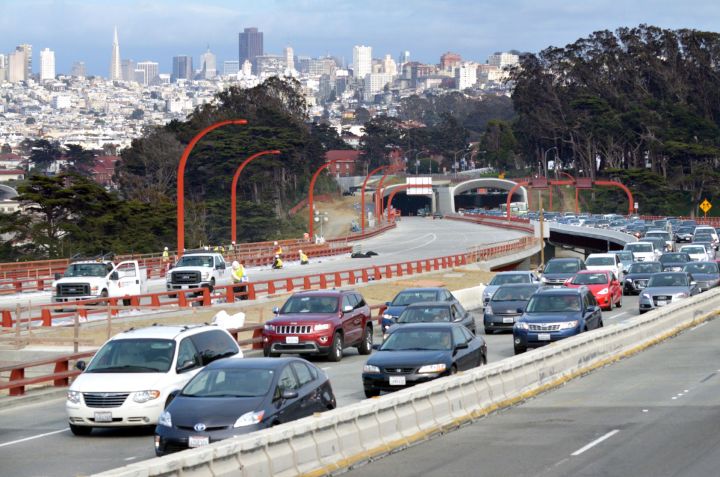
California Electric Transportation Coalition (CalETC) members Pacific Gas and Electric Company (PG&E), Southern California Edison (SCE), and San Diego Gas & Electric (SDG&E) submitted applications to the California Public Utilities Commission (CPUC) for a variety of significant programs. All of the programs are aimed at moving the state closer to its zero-emissions vehicle goals.
PG&E proposed seven projects focused on combatting climate change and promoting EV adoption. The projects are in three areas: expanding fleet deployment of electric medium and heavy-duty vehicles; adding fast-charging stations; and studying additional uses of electrical vehicles in a variety of applications.
“California continues to lead the nation in the fight against climate change, and electrifying our transportation sector is the next game changer,” said Geisha Williams, PG&E President, Electric.
Ron Nichols, President of SCE said, “The benefits of electric vehicles are growing, but barriers to their adoption still exist — and utilities and other market participants have a clear role to play in overcoming those barriers.”
SCE’s portfolio of projects are focused passenger vehicle adoption and on installing charging infrastructure for heavy vehicles at shipping ports, warehouses, and on freeways. A specific SCE area of concentration is improving pollution on and around transportation corridors where nearby residents are affected by pollution.
SDG&E is focusing on charging stations, proposing to install tens of thousands in key areas including airports, the Port of San Diego, for delivery, taxi, and rideshare fleets, at Park-and-Rides, and at 90,000 residences. Part of the proposal includes special charging rates for EV owners who charge their cars at off-peak times.
“We all want to breathe cleaner air, which means slowing down the impacts of climate change will require an increased focus on the areas that produce the most harmful emissions,” said Caroline Winn, Chief Operating Officer of SDG&E.
In praising the efforts of California’s three investor-owned utilities, Eileen Wenger Tutt, the Executive Director of the CalETC said, “Utilities’ support of the zero-emission vehicle market is essential to meeting California’s environmental and economic goals. Utility support ensures that the transition to electric transportation results in efficient management of the grid and renewable resources, as well as safe, reliable and affordable electricity for all.”
Editors' Recommendations
- Check out Spectre, Rolls-Royce’s first all-electric car
- California will ban the sale of new gas-powered cars by 2035



